Plastic Recycling Technologies.The global plastic waste crisis is a pressing issue. It’s a challenge that demands innovative solutions and forward-thinking strategies.
Enter the future of plastic recycling technologies. This field is rapidly evolving, offering promising avenues to tackle the plastic waste problem.
This article delves into the current state and future prospects of these technologies. We’ll explore advancements, challenges, and innovations that are shaping the industry.
We’ll also highlight the role of plastic recycling companies, particularly in Europe. These companies are at the forefront of implementing new technologies and driving change in the sector.
From PET plastic recycling to the development of efficient plastic recycling machines, we’ll cover it all. We’ll also discuss the difficulties faced by the industry and potential solutions.
Join us as we navigate the future of plastic recycling technologies. It’s a journey of discovery, innovation, and hope for a sustainable future.
Contents
- The Global Plastic Waste Crisis and Recycling Today
- Technological Advancements in Plastic Recycling
- The Role of Design for Recycling
- Challenges in Plastic Recycling
- Plastic Recycling Companies in Europe: Leading the Way
- The Impact of Policies and Consumer Behavior
- The Future Outlook for Plastic Recycling
- Conclusion: The Path Forward for Plastic Recycling
The Global Plastic Waste Crisis and Recycling Today
Plastic waste is a colossal global concern. Billions of tons end up in landfills and oceans each year. This creates environmental and health problems for ecosystems and communities.
Current recycling rates are dismally low. Only a small percentage of plastic is effectively recycled. This shows the need for significant improvements and solutions.
Plastic recycling is crucial for a circular economy. It transforms waste into valuable resources while reducing demand for new plastics. Proper recycling can minimize environmental footprints.
Several key aspects define the current state of recycling:
- Low recycling rates: Insufficient infrastructure and collection systems hinder efforts.
- Contamination issues: Mixed plastics and impurities reduce recycling efficacy.
- Economic challenges: Costs of recycling often exceed benefits.
- Insufficient public awareness: Many remain unaware of correct recycling practices.
Government policies and regulations can facilitate better recycling outcomes. They play a significant role in enhancing collection systems and streamlining sorting processes.
Plastic recycling companies, especially those in Europe, are adopting advanced methods to address these challenges. Their innovations contribute to higher recycling rates and improved quality of recycled materials.
As these challenges are addressed, the potential for a sustainable future emerges. Global collaboration and innovation are key to overcoming the plastic waste crisis.
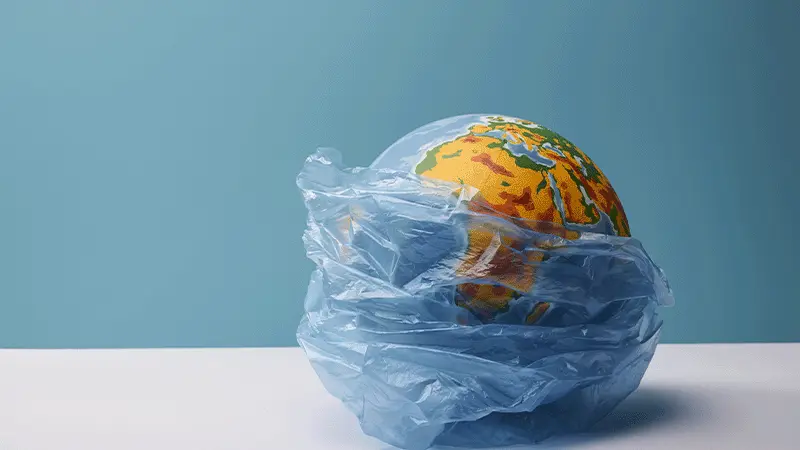
Technological Advancements in Plastic Recycling
Technology is reshaping plastic recycling. Innovative approaches promise increased efficiency and higher material quality. Modern solutions aim to tackle the longstanding hurdles of contamination and sorting.
Advanced sorting technologies like near-infrared (NIR) spectroscopy are vital. They enhance the precision of separating different plastics, reducing mixed waste. This step improves the overall recycling yield.
Machine learning and artificial intelligence revolutionize sorting and processing. These technologies enable real-time adjustments and predictions to fine-tune recycling operations. They contribute significantly to efficiency improvements.
Chemical recycling represents a breakthrough. It goes beyond mechanical recycling by decomposing plastics into their monomers. This method is especially beneficial for dealing with complex plastic types that are hard to recycle.
Design for recycling is gaining importance. Manufacturers now focus on creating products that are easier to recycle. This change is crucial for integrating recyclability into the life cycle of products.
Finally, investment in R&D is crucial for technological progress. Continuous advancements depend on sustained funding and a collaborative approach between industries and researchers. This is key to overcoming plastic recycling difficulties.
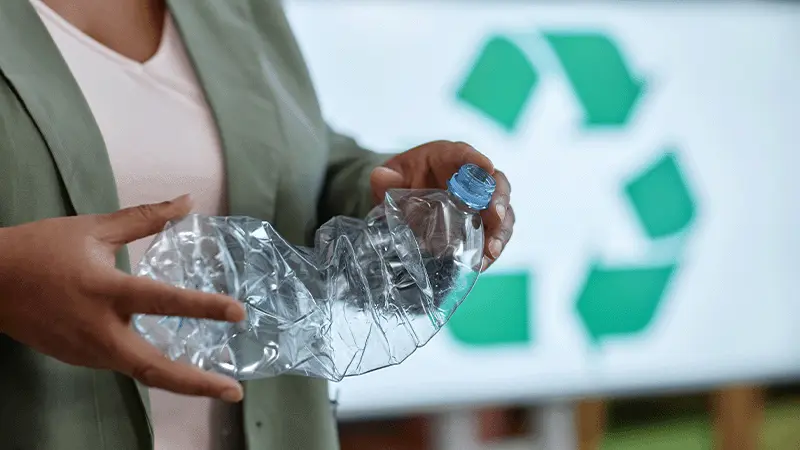
Chemical Recycling: A Game Changer?
Chemical recycling offers promising solutions. It efficiently breaks down plastics into basic building blocks. This capability addresses a wide range of previously non-recyclable plastics.
One key advantage is its ability to handle complex and mixed plastic streams. It does so by converting them into high-quality raw materials. This boosts its attractiveness compared to traditional recycling methods.
Despite its potential, challenges remain. Chemical recycling still requires substantial energy consumption. This raises concerns over its environmental impacts and economic viability.
However, research continues to mitigate these issues. Ongoing developments aim to improve energy efficiency and reduce emissions. These improvements could firmly establish chemical recycling as a transformative technology.
Enzymatic Processes for PET Plastic Recycling
Enzymatic recycling is a cutting-edge approach. It involves using natural enzymes to break down PET plastics. This method is praised for its precision and environmental friendliness.
These enzymes target PET at the molecular level. This results in high-quality material recovery without harmful byproducts. Such a process ensures the purity of the reclaimed monomers.
The biodegradability aspect of enzymatic recycling is significant. It allows for the recycling of PET with less environmental impact. These characteristics set it apart from traditional mechanical or chemical methods.
Research is ongoing to enhance enzymatic processes. Scientists aim to improve efficiency and scale these processes for industrial use. Widespread adoption of this method could revolutionize PET plastic recycling.
Innovations in Mechanical Recycling
Mechanical recycling remains a cornerstone. It involves shredding, washing, and reprocessing waste plastics into new products. Technological improvements continue to enhance this traditional recycling method.
More efficient plastic recycling machines have emerged. They reduce energy consumption and increase processing speed. This makes the mechanical recycling process more cost-effective and environmentally friendly.
Sorting precision is crucial in mechanical recycling. Enhanced separation technologies allow for better sorting of different plastic polymers. This leads to higher-quality recycled materials with increased market value.
Mechanical recycling faces challenges from additive-laden plastics. These are harder to process and degrade the quality of recyclates. Ongoing innovation aims to tackle this issue by refining sorting and processing techniques.
In summary, mechanical recycling‘s evolution is key to addressing plastic recycling difficulties. As machines and techniques improve, this process becomes more reliable. This reliability is vital for a sustainable recycling future.
The Role of Design for Recycling
Design for recycling is increasingly essential. It focuses on creating products that are easy to dismantle and recycle. This approach plays a crucial role in enhancing recycling efficiency.
Manufacturers now design products with recyclability in mind. They choose materials that are simpler to process and separate. This consideration aids in overcoming plastic recycling difficulties.
Collaboration between designers and recyclers is vital. It ensures that products are both functional and recyclable. This synergy fosters the development of sustainable products and supports the circular economy.
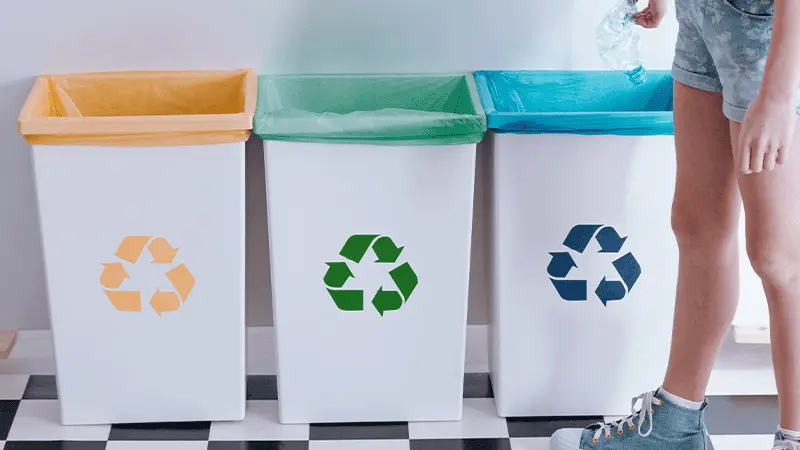
Challenges in Plastic Recycling
Plastic Recycling Technologies faces several challenges that hinder its effectiveness. Contamination and mixed plastic streams are major obstacles. These issues complicate sorting and processing efforts.
High contamination rates reduce the quality of recycled plastics. This in turn, affects their usability in new products. Effective separation technologies are essential to combat this problem.
Another challenge is the economic viability of recycling operations. Recycling costs often outweigh the benefits. Creating a profitable system remains a complex task.
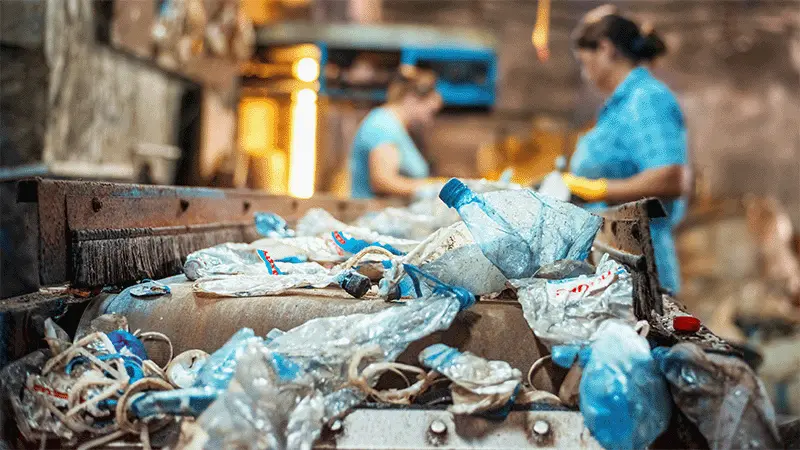
Key Challenges in Plastic Recycling:
- High contamination rates and mixed waste streams.
- The cost-effectiveness of recycling processes and maintaining competitiveness.
- Logistical difficulties in collection and transportation.
- Need for efficient sorting technologies and infrastructure.
- Maintaining quality and material integrity through recycling cycles.
Government policies and consumer behavior have significant impacts. They both play a role in overcoming these challenges and supporting industry growth. Developing innovative solutions will be critical for future progress.
Contamination and Mixed Plastic Streams
Contamination is a significant barrier in plastic recycling. It diminishes the quality of the recycled product. This issue requires advanced sorting technologies for resolution.
Mixed plastic streams further complicate processing. Different plastics have distinct recycling requirements. Handling mixed plastics necessitates sophisticated separation techniques.
Effective sorting is vital for clean recycling streams. Enhancing sorting processes improves the overall efficiency and quality of recycling. Continuous innovation in sorting technology is essential for success.
Economic and Logistical Difficulties
Economic feasibility is a hurdle for recycling initiatives. The high costs of recycling operations often deter investment. Balancing economic factors with environmental benefits is necessary.
Logistics present additional challenges in recycling. Efficient collection and transportation systems are essential. These systems need to be both cost-effective and environmentally friendly.
Addressing these economic and logistical issues requires strategic planning. Incentives and investments can bolster recycling efforts. Optimizing logistics and infrastructure is crucial for the industry’s growth.
Plastic Recycling Companies in Europe: Leading the Way
Plastic Recycling Technologies. Europe is at the forefront of plastic recycling innovations. The continent boasts a range of successful recycling companies that drive industry progress. Their efforts are crucial for meeting the circular economy goals.
European recycling firms focus on integrating advanced technologies. They adopt mechanical, chemical, and enzymatic processes. These advancements enable them to efficiently tackle diverse plastic waste challenges.
Collaboration is another strength of European companies. Partnerships across industries enhance their recycling capabilities. Such cooperation allows the sharing of knowledge and resources.
Government initiatives support these businesses significantly. Policies promoting environmental sustainability provide a conducive environment for growth. Encouragement from public sectors amplifies their global influence.
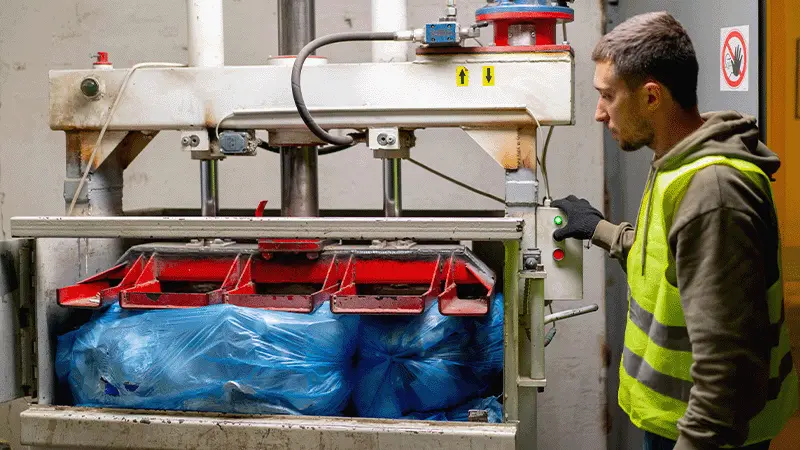
The Impact of Policies and Consumer Behavior
Plastic Recycling Technologies. Government policies have a profound influence on plastic recycling. Regulations aimed at reducing plastic waste drive industry innovations. These laws provide a framework for recycling companies to thrive.
Extended producer responsibility (EPR) schemes are key. EPR holds manufacturers accountable for their products’ end-of-life. This approach encourages the design of more recyclable products and supports environmental goals.
Consumer behavior plays a pivotal role in recycling success. Public awareness campaigns promote sustainable practices. When consumers are informed, they contribute to waste reduction efforts.
The demand for recycled plastics is on the rise. Consumer preferences for eco-friendly products shape market trends. This consumer shift pushes companies to incorporate more recycled materials into their offerings.
Both policies and consumer actions are crucial for advancing recycling. Together, they foster an environment where sustainability thrives. Their combined efforts pave the way for a more circular economy.

The Future Outlook for Plastic Recycling
Plastic Recycling Technologies is bright and evolving rapidly. Innovations are continuously reshaping the landscape. These developments offer new opportunities for sustainability.
Demand for recycled materials is expected to surge. As industries strive for sustainability, recycled plastics will become more valuable. This trend will likely drive further advancements in recycling technologies.
Regulatory frameworks will continue to influence the industry. New policies promoting recycling and waste reduction are expected. These regulations will foster a more circular economy.
Ongoing research and development will play a critical role. Breakthroughs in technology will enhance recycling efficiency. As a result, the industry will be better equipped to tackle global plastic waste challenges.
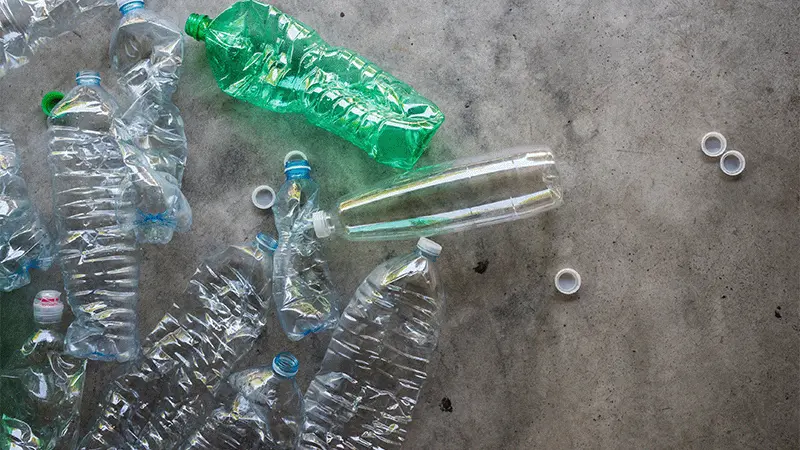
Emerging Technologies and Market Trends
Several emerging technologies promise to transform plastic recycling. Advanced sorting techniques, such as AI-driven systems, are being developed. These innovations improve accuracy and efficiency in processing materials.
Market trends reflect a growing interest in circular economy models. Companies are investing in closed-loop systems to reclaim plastic waste. This shift marks a significant change in how businesses view sustainability.
Enzymatic and chemical recycling are gaining traction. These methods allow for the breakdown of plastics into raw materials. They offer a more sustainable alternative to traditional recycling.
Biodegradable plastics and their recyclability are also areas of focus. The development of these materials aligns with global sustainability goals. Such trends highlight a commitment to reducing environmental impact.
The Importance of Global Collaboration and Investment
Global collaboration is essential for addressing plastic waste on a large scale. Countries must work together to share knowledge and resources. This cooperative approach can lead to unified strategies and solutions.
Investments in recycling technologies are crucial for progress. Funding supports research initiatives and the commercialization of new methods. With adequate investment, the industry can overcome existing limitations.
International agreements can harmonize recycling standards. These agreements streamline global efforts and facilitate technology transfer. They ensure a consistent and effective approach to tackling plastic waste.
Public and private sectors must join forces. Partnerships can drive innovation and expansion of recycling infrastructure. Collaborative efforts will pave the way for sustainable and scalable solutions.
Conclusion: The Path Forward for Plastic Recycling
Plastic Recycling Technologies are at a critical juncture. Innovations are essential to address the challenges facing the industry. Only through advancement can we achieve significant waste reduction.
Collaboration and investment will drive success. These elements are vital to unlocking the full potential of recycling technologies. By working together, stakeholders can create a sustainable future.
A collective effort will determine the industry’s path forward. Effective policies, consumer engagement, and technological breakthroughs will shape outcomes. With these pillars in place, the recycling industry can overcome current hurdles and thrive.


